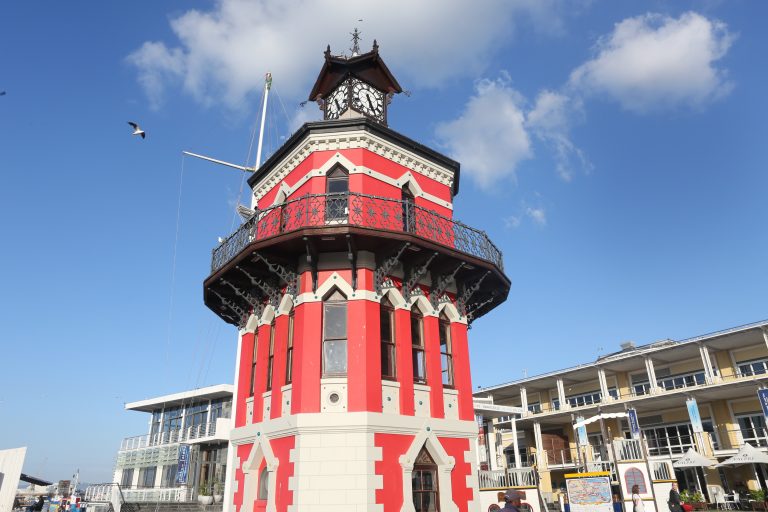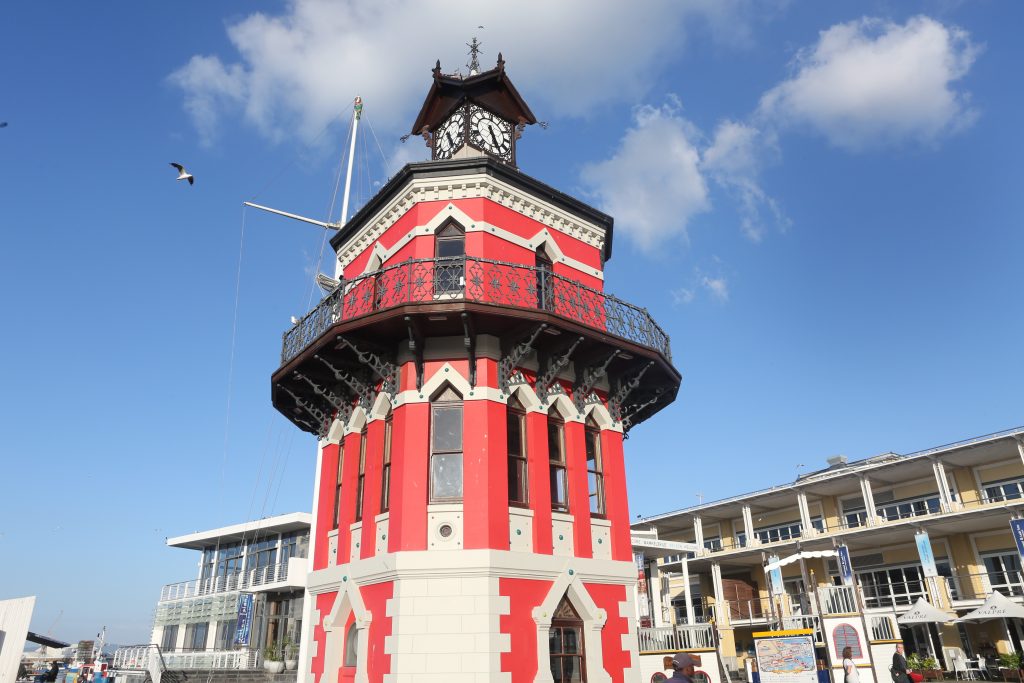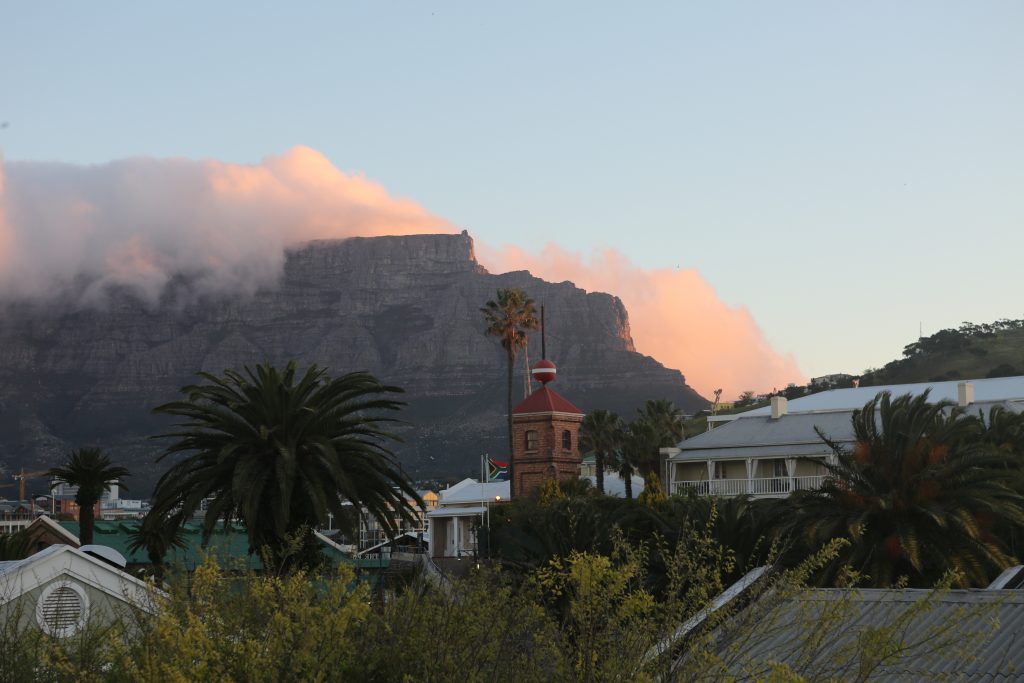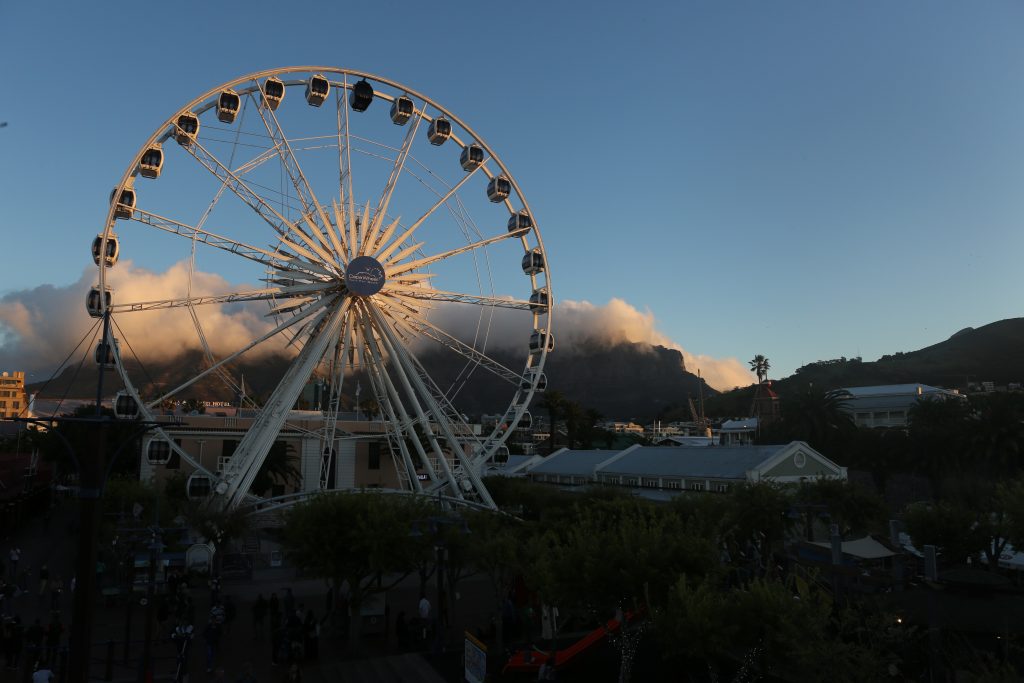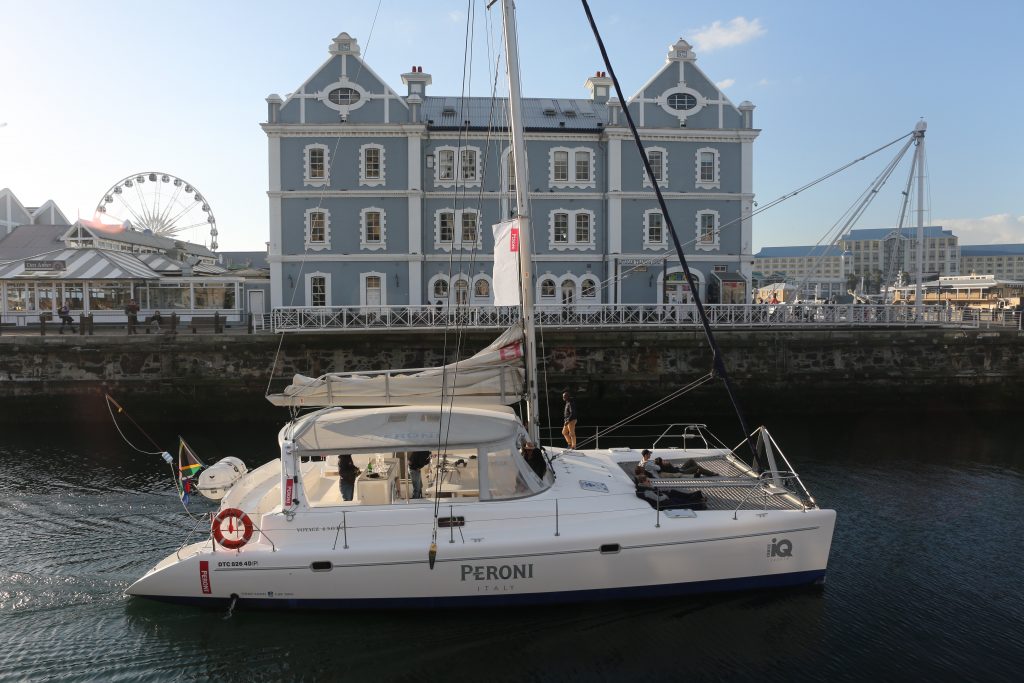Don’t forgot that you’re white.
October 11: Airport, Johannesburg, South Africa
Stevie Wonder’s unforgettable song “Superstition” along with a brilliant red sunrise outside my window welcome me to Africa.
This is wonderful, the very first sign that everything will be really great. An incredible sensation in me makes me realize I am finally in Africa. I’m bursting with the excitement of knowing I’m finally going to embark on my journey across this huge continent. I know the journey through Africa won’t be as easy experience as my Asian journey was, but I wonder, what will I see and experience on the Dark Continent?
I only have an hour-and-a-half flight from Johannesburg to Cape Town left before I take that first step to adventure.
My friend, the real safari is just beginning.
October 12: Zebra Crossing Hostel, Cape Town
The hostel where I’m staying in Cape Town is simple but extremly clean and comfortable. I feel totally at home. In the early morning I sit at a table in the lobby trying to complete the gaps in my journal about Asia, and the cleaning lady is extremely considerate, cleaning the table without disturbing me.
I saw a problem the moment I set foot on this continent, one that l had never encountered in Asia: dangerous tension between blacks and whites. Knowing that this situation is going to accompany me throughout the trip is quite disconcerting. The hostel’s gates kept closed at all times, and guests enter the main building garden through an iron-grille door. Guests have a key to open the gate and the iron door. This double security system is something I’m totally unaccustomed to.
Shortly after noon, I leave the hostel to walk around the Waterfront. According to my map, the road my hostel is on will lead me straight there. I’m familiar with the American-style sights of orderly crossroads and wide boulevards, along which unemployed blacks sell flowers and magazines.
After a long walk, I reach the Waterfront, which features a large shopping center, the harbor, and cafes and restaurants. In a building adjacent to the clock tower is a placard that reads “Nelson Mandela Gateway to Robben Island.” I suddenly remember that Robben Island is on UNESCO’s World Heritage Sites list. I was able to gather information about sites in Asia before setting out on this trip, but I don’t yet know where all the ones in Africa are, so this surprise makes me very happy.
I board a ferry to the island with a group of elderly white tourists and the city panorama gradually unfolds as we leave the harbor Cape Town, with Table Mountain peeking through the cloud: above it and houses stretching all the way beyond Green Point is a beautiful city.
We reach the island forty-five minutes later. Three buses await us, and a black guide, Kenneth, leads us on a half-hour bus tour telling us about the history of the island as we drive. He explained that the island changed hands among European colonizers several times beginning in the 1500s. In 1961, South Africa racist regime converted it to a prison for political prisoners. Nelson Mandela, the first black president of the Republic of South Africa was imprisoned here for eighteen years, in cell 5 in block 5.
The bus takes us past the island’s buildings, churches, mosques and unused artillery from World War ll.
The most interesting site is the lime quarry where prison worked. Kenneth had left this site to last and called it the m important national monument in Africa. I noticed only a pile fist-sized rocks in the middle of the quarry, and my fellow tourists and I were puzzled about how a pile of rock could be a national monument. Kenneth then explained that every five years on February 11, all the prisoners get together and leave a stone in memory of their incarceration, leaving this pile of rocks. This tradition will apparently continue until the last of the prisoners Who had been held here dies.
In the second part of the tour, we visit the actual prison, led by a new guide—an elderly black man who spent twenty years of his life as a prisoner here. He shows us the cell Mandela lived in for eighteen years, the courtyard where he was taken for fresh air, the baths, and dining hall. A photo of Mandela taken in 1966 hangs in the courtyard, exactly in the place where it was taken.
At the end of the tour, our guide asks us to sit on benches in a small hall and invites us to ask questions. He likes it when one of the visitors asks, “Why are you still working here?” He stresses that it is not at all easy fora black ex-convict to find a job and that he believes the best person to explain this place is a convict who was incarcerated here.
 English
English Türkçe
Türkçe

